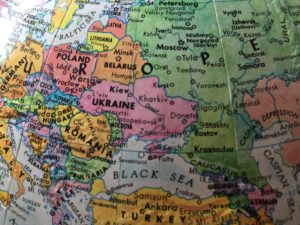The Schrödinger’s Cat of Russian Foreign Reserves
This excerpt from the Financial Times discusses Senator Ratna Omidvar’s Bill S-278:

A year and a half after they blocked Russia’s access to its central bank reserves, the leading western powers have sunk into a strange stupor over what to do next. Rather than preparing the ground for a legal seizure, the only recent movement in the G7 consensus has been towards supporting a windfall tax on the securities depositories’ unusual profits from storing Moscow’s captive cash. But that rather underlines the resistance to seizing the assets themselves.
Canada has been the one relatively bright spot, and looks likely to be so again. Last year it legislated to provide for the seizure of the assets of a state that has committed serious breaches of international peace, security or human rights. A new bill, like the previous one crafted by Senator Ratna Omidvar, is now working its way through the Canadian legislative process to refine last year’s reform to remove conflicts with the country’s state immunity laws. If passed, Canada should be commended and its example followed.
But any political push to make Russia pay for its crimes is dulled by a simple problem of information. It remains a scandal that western publics still don’t know where and in what amounts Russia keeps foreign reserves in their countries. I have estimated before that the amount kept in jurisdictions of the sanctioning coalition against Russia’s war on Ukraine comes to between $345bn and $415bn — somewhat more than the $300bn number bandied about by the sanctioning coalition’s governments.
Read the full article in the Financial Times